 |
 | ||||||||||||||||||||||||||||||||
|
|||||||||||||||||||||||||||||||||
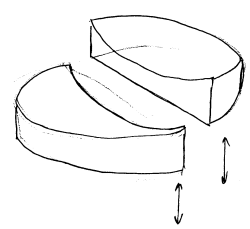
Making a wooden cyclotron?
You need two D's, half-circular dishes. A marble starts near the center, and needs to be accelerated every time it crosses the gap. You do this by moving the D's up and down such that when the marble arrives at the gap, it is higher than the opposing D. You need a ramp across the gap. Because the marble is accelerated, the radius of the orbit in the dish will be bigger every time, and eventually the marble will leave the accelerator. In a cyclotron, the time it takes to make one revolution is constant, and in order to achieve this in the wooden model, the slope needs to increase with radius as follows (balance gravity with the centrifugal force): 4*pi^2*r -------- = tan(alpha) g*T^2where r is the radius, g is the acceleration of gravity, T is the (fixed) time for one revolution, and alpha is the angle of the surface at radius r. So for an orbit time of 1.5 seconds, and a dish of about 2' diameter, the angles would be like this:
Since the slope (tangent) is linear in r, the shape of the bowl is a parabola. Here is a table of orbit time, dish depth, maximum velocity, for a dish of 60cm diameter.
Links:
|
|||||||||||||||||||||||||||||||||

Why do you get carsick?
Your brain gets different inputs on where your body is, if it is straight up, upside down or sideways, if you are accelerating, rotating or sitting still. It gets these inputs primarily from 3 sources:
The trouble starts when there is a conflict between the different inputs. For example, if you are reading a book in a car that is driving on a winding road, your inner ear and your proprioception tell your brain that you are moving and turning, but your eyes are looking at the book which is not moving in front of you. The different messages reaching your brain can make you carsick. Most times, if you start feeling bad, and then stop reading and look out the window, you'll get better because your eyes now agree with what your inner ear and your body are saying about your movements. A similar thing can happen on a ship, or more rarely, in an airplane.
|
|||||||||||||||||||||||||||||||||
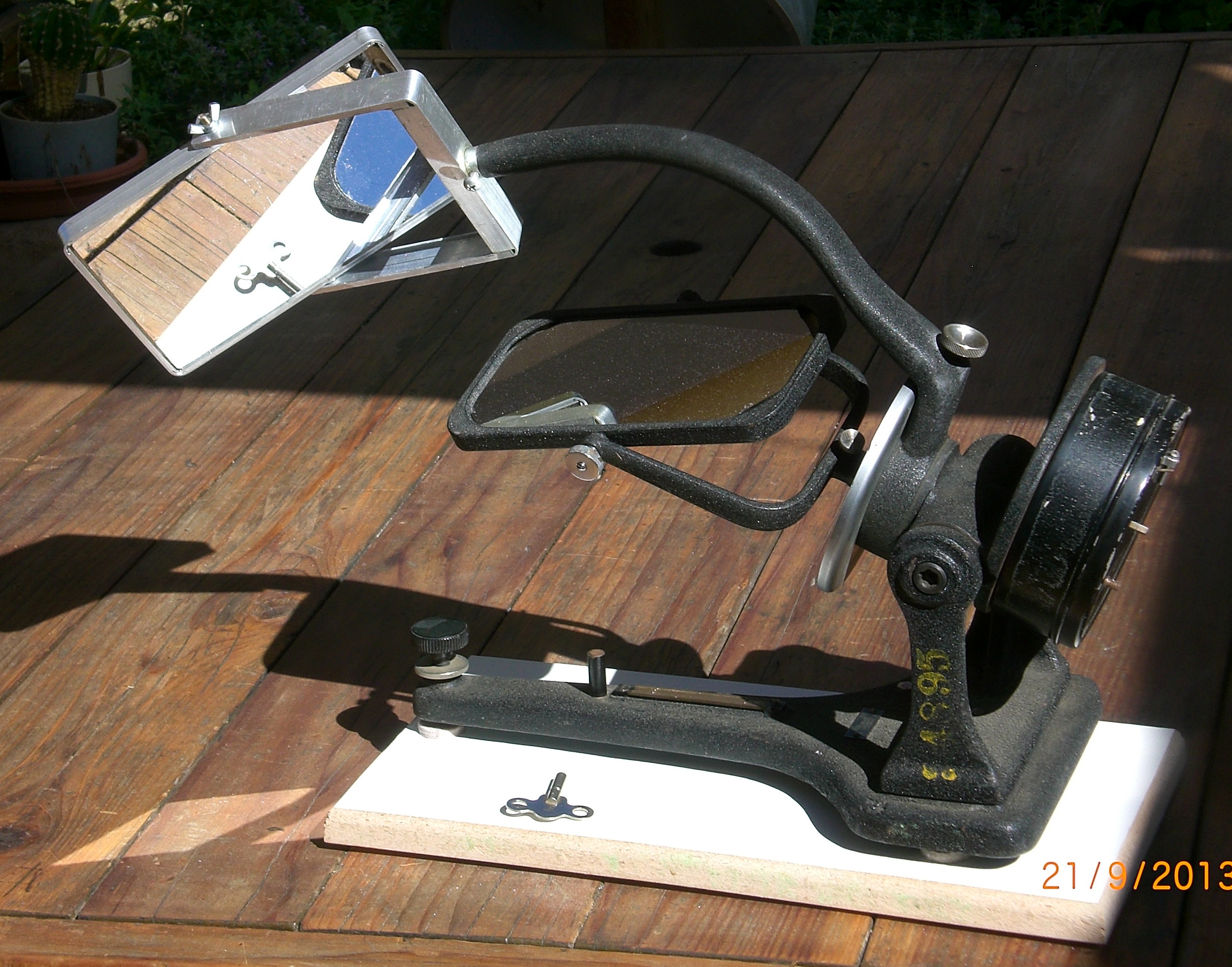
A Heliostat
A heliostat is a device that lets you project a sunbeam onto the same spot for a long time, even as the sun moves across the sky. Devices like this were used in labs at a time when bright light sources were not easy to come by. Some models date back to the 1700's [verify this].
My friend Peer had given me one.
Records showed that it was bought by te Lab in the 40's, for $250. The way it
works is that there is a primary mirror which is slowly rotated by a clockwork
mechanism to compensate for the rotation of the earth. This first mirror sends the sunlight
in the direction of the North Star. A second mirror then sends the sunbeam to wherever you
want. To set this up, first you align the base along a north-south axis, and make sure it
is level. Then the main axis of the mechanism is tilted up to point at Polaris, which is
an angle equal to the latitude wher you are.
Next, tilt the primary mirror such that the sunbeam points along the
There is supposed to be a scale mounted on the
fork that holds the primary mirror, such that you can set the mirror at the correct angle.
[This angle would be 45° on the days of the spring and fall equinoxes, and deviate
from that by up to 23° depending on the time of year]. On my instrument, the second
fork and mirror were missing, so I fabricated them (the shiny Aluminum parts, obviously).
Links:
|
|||||||||||||||||||||||||||||||||
| |||||||||||||||||||||||||||||||||

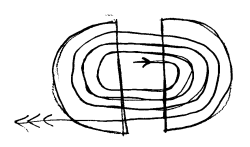
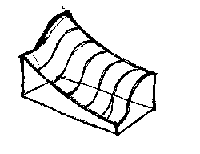
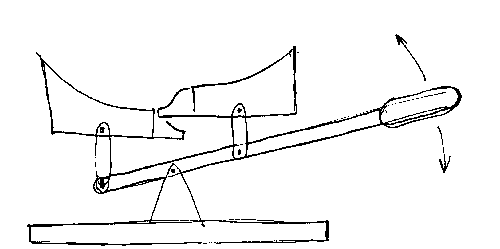
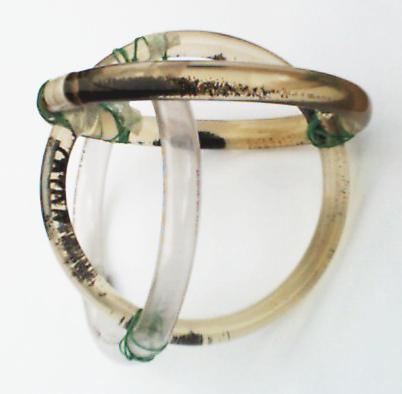 I made a model of the balance organ of the inner ear out of 1" (ID) tubing,
bent in circles and joined with a short coupling. I made three of these, tied
together with twist ties at right angles to each other. I filled 2 with water, in which
I also put some washed-out coffee grounds, representing otoliths, and xxx (more to come)
I made a model of the balance organ of the inner ear out of 1" (ID) tubing,
bent in circles and joined with a short coupling. I made three of these, tied
together with twist ties at right angles to each other. I filled 2 with water, in which
I also put some washed-out coffee grounds, representing otoliths, and xxx (more to come)